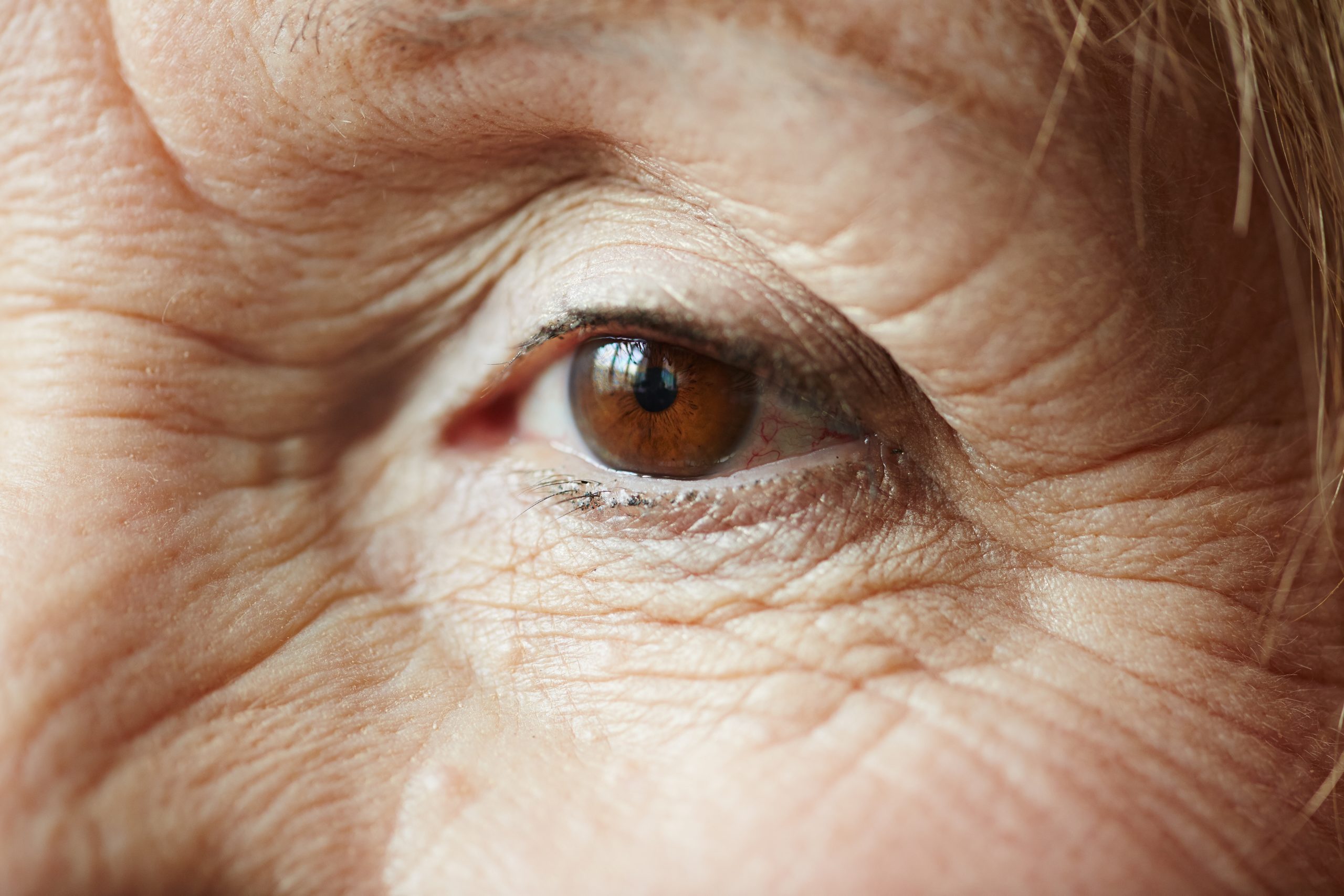An imbalance in the proteome of the lens could be a major contributor to the formation of the cataract. This is what emerges from a recent study, which showed that it is the non-mutated proteins of the lens that compose the protein aggregates that characterise this pathological condition.
Currently, the prevailing model explaining cataract formation holds that the proteins that form the crystalline lens, called crystallines, when damaged create aggregates that scatter light. It is hypothesised that a particular type of crystalline, the α-crystalline, counteract this process by acting as a molecular chaperone and sequestering misfolded proteins. In this scenario, depletion of the chaperone pool would lead to opacification of the lens, causing cataracts.
Pathogenesis of cataract
Cataract is the most frequently occurring eye disease in the global population. Age-dependent ocular changes play an important role in its pathogenesis, and genetic and environmental factors can influence the age of its onset. For example, certain Mendelian mutations, which underlie congenital cataracts, can cause an early onset of this disease.
The lens is a unique tissue in that its proteins are not degraded during life and are formed early during embryonic development. Furthermore, the protein content of the vertebrate lens is exceptionally high and contains up to 450 milligrams of protein per millilitre. Approximately 90% of the lens proteins belong to the families α-, β- e γ-crystalline. In most mammals, these proteins are encoded by 16 genes and numerous mutations have been identified in these isoforms that cause congenital cataracts. Since there is no general protein turnover in the lens, damaged proteins tend to accumulate during ageing. In hereditary cataracts, the situation is believed to be aggravated by the aggregation of conformationally unstable crystalline variants, including the formation of amyloid-like structures, which impair vision at an early age.
In the current model of cataractogenesis, it is believed that the α-crystalline polydisperse (also referred to as αL-crystalline) act as molecular chaperones that prevent the formation of non-specific clusters by binding and sequestering non-native crystalline proteins into high molecular weight proteins. The polydispersion of α-crystalline further blocks the formation of protein microcrystals, thus ensuring the transparency of the crystalline lens. Since the ability of crystalline α to bind aggregation-prone proteins becomes time-limited, saturation of the chaperone pool will result in the formation of large, light-scattering aggregates.

Proteome imbalances in cataractogenesis: a new model
Recent studies have shown that mutated proteins are not present in the lens and do not form aggregates. Instead, changes in protein composition and higher-order protein organisation have been observed, with aggregation of non-mutated crystallins. These findings overturn existing models for cataract pathogenesis, including the presumed role of the α-crystalline as molecular chaperones.
According to these observations, an imbalance in the proteome of the lens is a major contributor to cataract formation, and all proteins in the lens, including the α-crystalline, would be components of the aggregates.
Firstly, the experimental data of the study showed that the mutant crystallins did not represent the majority of the high molecular weight or water-insoluble fraction present in the cataract lens. Secondly, the pool of α-crystalline chaperones would not be depleted as a result of the accumulation of destabilised and mutated isoforms. Instead, the data suggest a model in which the balance between the different crystallines is important for maintaining the optical properties of the lens and preventing non-specific interactions that lead to cataract formation. If these interactions become unbalanced (e.g. due to mutation in the crystallins, or due to post-translational modifications, or due to the formation of truncated proteins during ageing), precipitation of the crystallins is favoured, leading to cataract formation.
The study concludes that the chaperone function of the α-crystalline and conformational stability of cataract-associated mutant proteins are not decisive factors for cataractogenesis. Rather, the appearance of cataracts would be linked to a mechanism of structural destabilisation and an imbalance in the lens proteome. In particular, the change in the ratio of crystalline α:β could drive the formation of aggregates. When the protein composition of the lens changes in such a way that a critical ratio between the main crystalline types is exceeded, unfavourable interactions between them can no longer be compensated for, leading to protein precipitation and lens turbidity.
These new observations suggest that similar mechanisms could be responsible for both hereditary and age-related cataracts, in which the delicate balance of interactions between different proteins plays a key role in keeping the lens healthy.
Bibliography:
Dr. Carmelo Chines
Direttore responsabile
